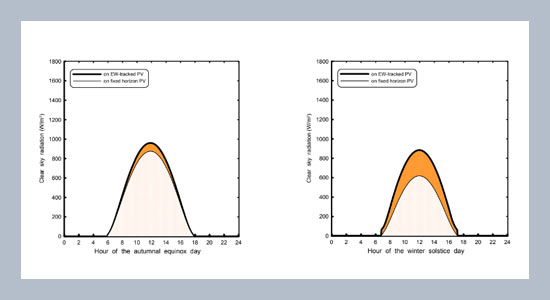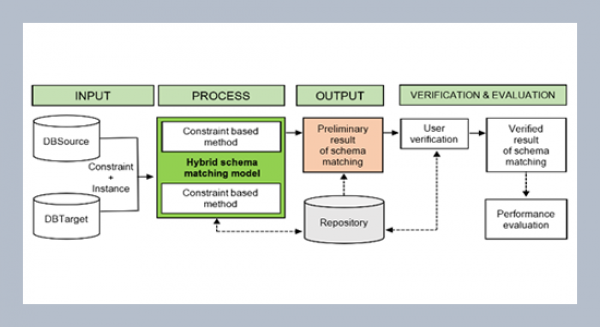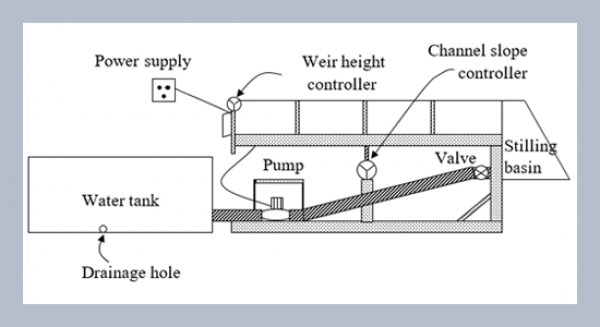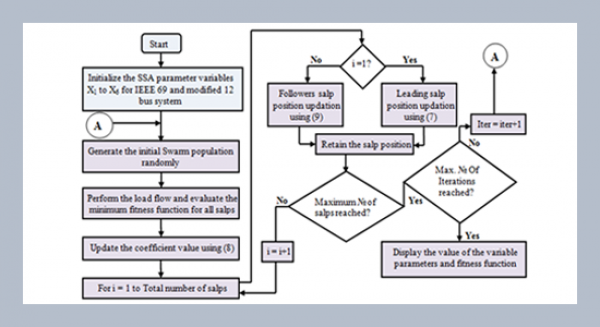Tian Pau Chang1 Department of Computer Science and Information Engineering, Nankai University of Technology, Nantou 542, Taiwan
Download Citation:
|
Download PDF
The research concerning a tracked panel oriented in the east-west (EW) direction has seldom been found in literature. This paper simulates the electrical energy output from a photovoltaic (PV) module mounted on the EW-tracked panel in Taipei according to both the solar radiation observed and the radiation under clear sky condition predicted by an empirical model; subsequently the gain of the tracked panel relative to a fixed horizon panel can be analyzed. The results show that the tracked panel captures more radiation near solar noon, irrespective of date, for the smallest incident angle of sunlight at noon, which is helpful to a design focusing power supply on the noon particularly. As compared to a fixed horizon panel the tracked panel makes a greater gain in winter but worse in summer. The annual output energy from the tracked panel is 228.2 and 82.1 kWh/m2, for the clear sky and observed radiation, respectively, having the conversion efficiency of 9.1% and 8.2% respectively. The output energy increases with the maximum rotation angle of tracked panel, but the benefit of applying a tracking system in real environment as in Taipei is not as good as in clear sky condition. With the maximum rotation angle of 45o, the yearly gains of output energy obtained by the tracked panel are 14.1% and 5.5% for the clear sky and observed radiation, respectively.ABSTRACT
Keywords:
Solar radiation; EW-tracked panel; Photovoltaic module; Gain.
Share this article with your colleagues
REFERENCES
ARTICLE INFORMATION
Accepted:
2010-03-11
Available Online:
2010-07-01
Chang, T.P. 2010. Electrical energy generated by a photovoltaic module installed on east-west tracked panel. International Journal of Applied Science and Engineering, 7, 133–142. https://doi.org/10.6703/IJASE.2010.7(2).133
Cite this article:















